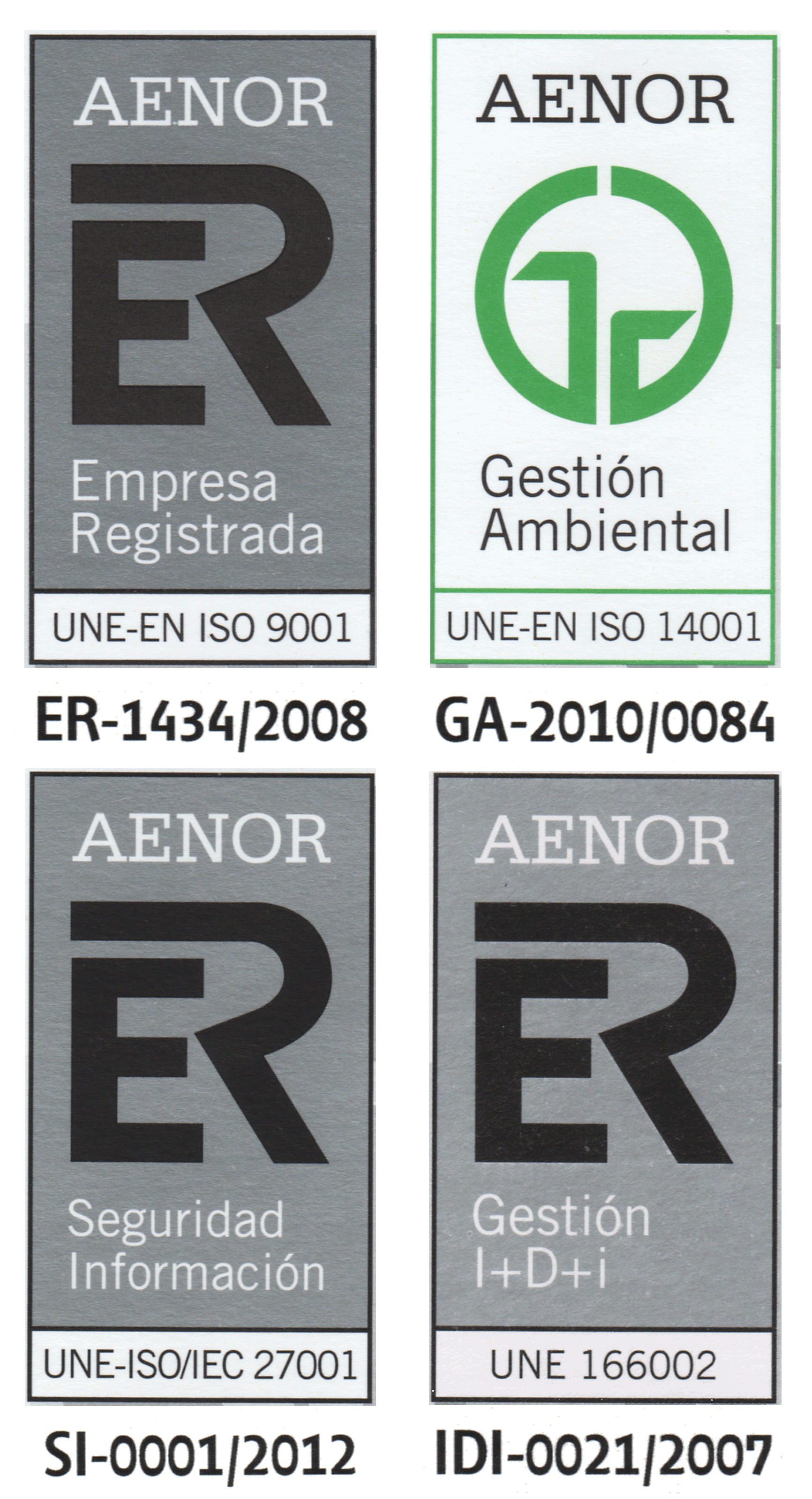A bio-inspired computing model as a new tool for modeling ecosystems: The avian scavengers as a case study
| Title | A bio-inspired computing model as a new tool for modeling ecosystems: The avian scavengers as a case study |
| Publication Type | Journal Papers |
| Year of Publication | 2011 |
| Authors | Colomer, A. M., Margalida A., Sanuy D., & Pérez-Jiménez M. J. |
| Journal Title | Ecological Modelling |
| Publisher | Elsevier |
| Place Published | Amsterdam (The Netherlands) |
| Volume | 222 |
| Pages | 33-47 |
| Date Published | 01/2011 |
| Abstract | The models used for ecosystems modeling are generally based on differential equations. However, in recent years new computational models based on biological processes, or bioinspired models, have arisen, among which are P systems. These are inspired by the functions of cells and present important advantages with respect to traditional models, such as a high computational efficiency, modularity and their ability to work in parallel. They are simple, individual-based models that use biological parameters that can be obtained experimentally. In this work, we present the framework for a model based on P systems applied to the study of an ecosystem in which three avian scavengers (predators) interact with 10 wild and domestic ungulates (preys). The computation time for 100 repetitions, corresponding to 14 simulation years each, with an initial population composed of 385,422 individuals, was 30 min. Our results suggest that the model presented, based on P systems, correctly simulates the population dynamics in the period of time analyzed. We discuss the usefulness of this tool in simulating complex ecosystems dynamics to aid managers, conservationists and policy-makers in making appropriate decisions for the improvement of management and conservation programs. |
| Keywords | Avian scavengers, Conservation, Ecosystem, P systems |
| URL | http://dx.doi.org/10.1016/j.ecolmodel.2010.09.012 |
| Issue | 1 |
| ISSN Number | 0304-3800 |
| DOI | http://dx.doi.org/10.1016/j.ecolmodel.2010.09.012 |



